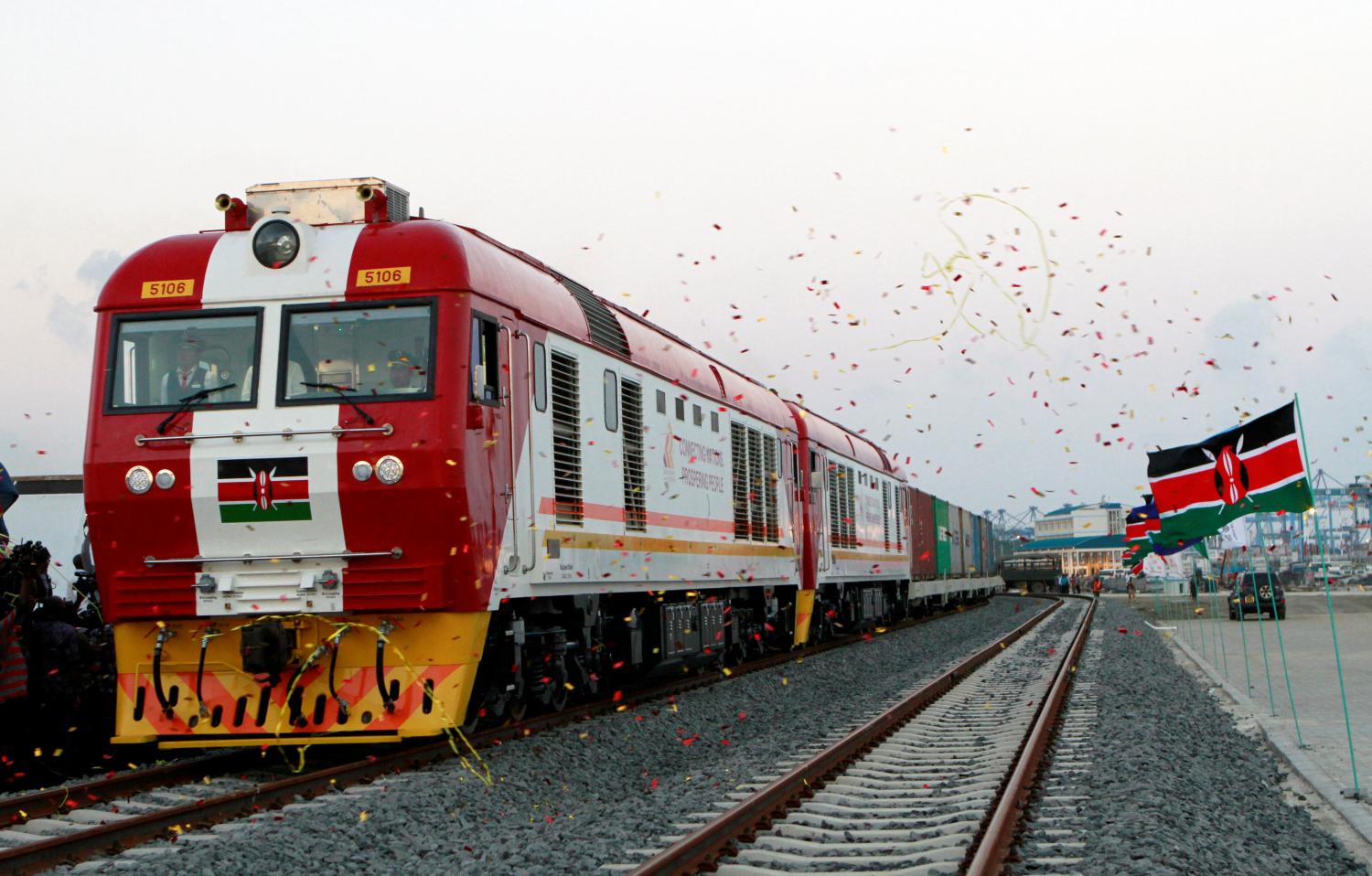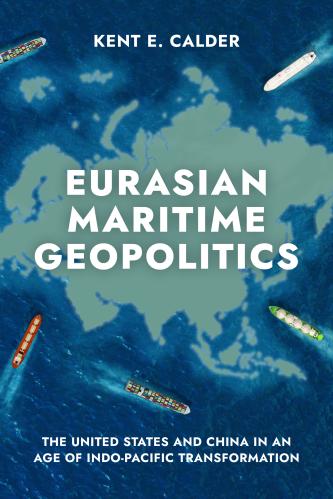Executive Summary
 In 2013, President Xi Jinping proposed that China would create a “Silk Road Economic Belt” across Central Asia and Europe and a “21st Century Maritime Silk Road” running through the South China Sea and the Indian Ocean, on to the Middle East and Europe — programs meant to revive ancient trade routes and reinforce existing ones. Beijing quickly wove these two visions together and dubbed them the Belt and Road Initiative (BRI).
In 2013, President Xi Jinping proposed that China would create a “Silk Road Economic Belt” across Central Asia and Europe and a “21st Century Maritime Silk Road” running through the South China Sea and the Indian Ocean, on to the Middle East and Europe — programs meant to revive ancient trade routes and reinforce existing ones. Beijing quickly wove these two visions together and dubbed them the Belt and Road Initiative (BRI).
While seemingly aimed at regional economic corridors, the BRI is in fact global and motivated by economic and strategic interests. A successful BRI would allow China to more efficiently utilize excess savings and construction capacity, expand trade, consolidate economic and diplomatic relations with participating countries, and diversify China’s import of energy and other resources through economic corridors that circumvent routes that are controlled by the U.S. and its allies.
The initiative is generally popular in the developing world, where almost all countries face infrastructure deficiencies and a shortage of resources to overcome them. Through large amounts of loans to participating countries to construct infrastructure in various sectors, the BRI can potentially bring significant benefits to these countries by filling their infrastructure gaps and boosting economic growth.
While popular with developing countries, the initiative has received various criticisms from advanced industrial economies: that the program lacks transparency and serves to facilitate China’s export of its authoritarian model; that the commercial loan terms are bringing on a new round of debt crises in the developing world; and that the projects have inadequate environmental and social safeguards.
This paper examines the implementation of BRI infrastructure projects in Africa in light of available information and concludes that African experiences with the BRI are quite heterogeneous. Some of the major borrowers have debt sustainability problems, while others have integrated the loans from China into sound overall macroeconomic programs. Some of the major borrowers are authoritarian countries with poor records of human rights, but other major participants are among the more democratic countries of Africa. It is hard to make simple generalizations about BRI in Africa. For this reason, it would be wise for Western countries to tone down their rhetoric on BRI, as many of the projects will probably work out well. It would help if Western countries provided more support to the International Monetary Fund to help countries manage their borrowing and to the World Bank to provide more infrastructure financing that increased options for the developing countries of Africa.
The Brookings Institution is committed to quality, independence, and impact.
We are supported by a diverse array of funders. In line with our values and policies, each Brookings publication represents the sole views of its author(s).



